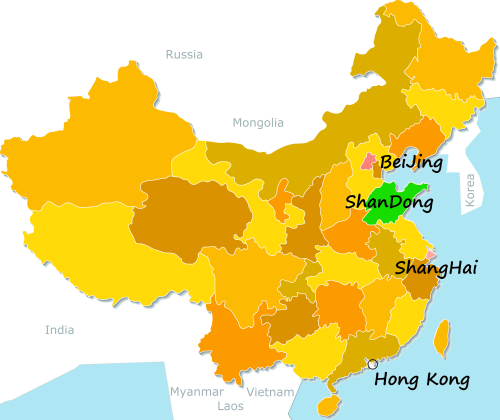
|
Introduction:
Hoisin sauce is a thick, flavorful condiment commonly used in Chinese cuisine as a dipping sauce, marinade, or glaze for meat dishes. While store-bought hoisin sauce is readily available, making it at home allows you to control the ingredients and customize the flavor to your taste preferences. This DIY hoisin sauce recipe is simple to prepare and uses easily sourced ingredients.
Ingredients:
1/4 cup soy sauce
2 tablespoons peanut butter (smooth)
1 tablespoon honey or molasses
1 tablespoon rice vinegar or apple cider vinegar
1 clove garlic, minced
1 teaspoon sesame oil
1/2 teaspoon Chinese five-spice powder
1/4 teaspoon black pepper
1/4 teaspoon salt
1/4 teaspoon chili oil or paste, or sriracha or other chili sauce (optional, for heat)
Method:
Combine Ingredients: In a small bowl, whisk together the soy sauce, peanut butter, honey or molasses, rice vinegar, minced garlic, sesame oil, Chinese five-spice powder, black pepper, and chili paste (if using). Mix until smooth and well combined.
Adjust Consistency: If the hoisin sauce is too thick, you can thin it out with a little water or additional soy sauce. If it's too thin, you can add more peanut butter or honey to thicken it to your desired consistency.
Taste and Adjust: Taste the hoisin sauce and adjust the seasoning as needed. You can add more soy sauce for saltiness, honey for sweetness, vinegar for acidity, or chili paste for heat, according to your taste preferences.
Store: Transfer the homemade hoisin sauce to a clean, airtight container and store it in the refrigerator for up to 2 weeks. Allow the flavors to meld together for at least an hour before using the sauce.
Usage Tips:
Use homemade hoisin sauce as a dipping sauce for spring rolls, dumplings, or roasted meats.
Brush it on grilled chicken, pork, or tofu as a flavorful marinade or glaze.
Stir it into stir-fries or noodle dishes for added depth of flavor.
Adjust the sweetness, saltiness, and spiciness of the hoisin sauce to suit your taste preferences.
Enjoy your homemade hoisin sauce in your favorite Chinese dishes!
Hoisin sauce is commonly used as a condiment for Peking Duck. Peking Duck is a famous dish from Beijing (formerly known as Peking), where roasted duck is served with thin pancakes, along with condiments such as hoisin sauce, sliced scallions, and cucumber.
When enjoying Peking Duck, diners typically spread hoisin sauce onto a pancake, then add slices of roasted duck, along with some sliced scallions and cucumber. The pancake is then rolled up and eaten as a delicious and flavorful wrap.
Hoisin sauce complements the rich, savory flavor of the roasted duck with its sweet, salty, and umami notes. It adds depth and complexity to each bite and enhances the overall dining experience.
While hoisin sauce is a key component of Peking Duck, you can also use it as a condiment for other dishes, such as stir-fries, grilled meats, spring rolls, and more. Its versatility makes it a popular choice in Chinese cuisine.
|

 This is WeiFang 潍坊, ShanDong province
This is WeiFang 潍坊, ShanDong province
 This is WeiFang 潍坊, ShanDong province
This is WeiFang 潍坊, ShanDong province





